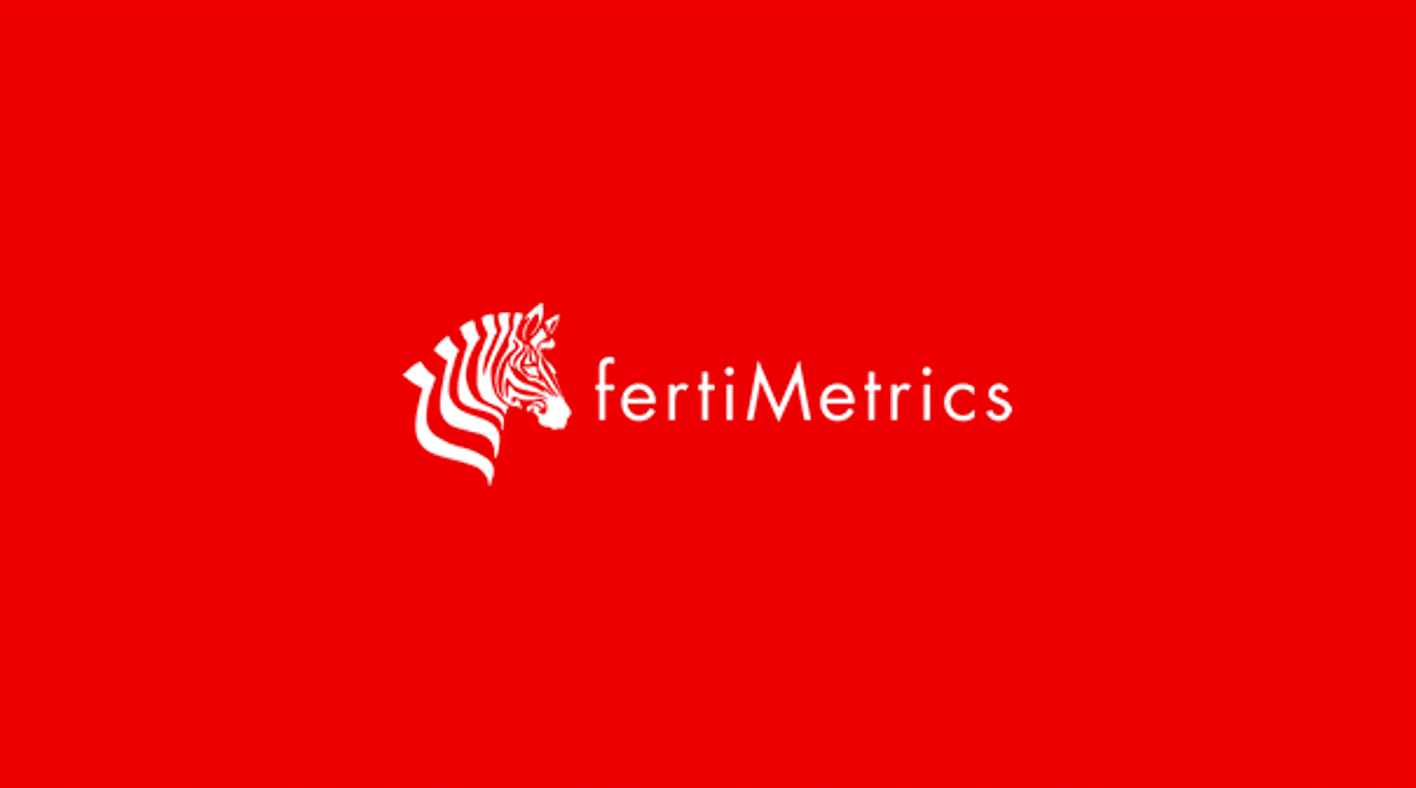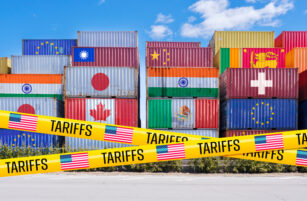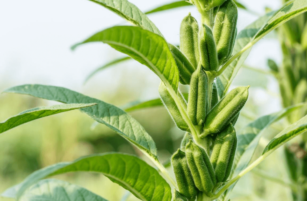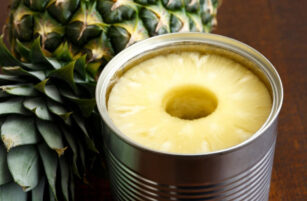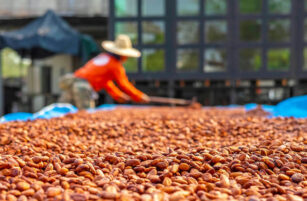Insight Focus
- Urea prices remain under pressure with increased supplies from China.
- Processed phosphate prices lower with ample supply and low demand.
- Standard potash prices in SE Asia lower with reluctant buyers holding off.
Price on urea keeps falling despite the announcement by India for a tender for a muted 800,000 MT closing June 12th with latest shipment date July 17th. Global urea producers have been given a lifeline in that subject to acceptance by the India Department of Fertilizers (DoF), the tender volume may increase beyond the 800,000 MT announced.
Traders are shorting the market heavily in the east as low as around the USD 270 FOB China mark for prilled urea, and there was a sale of Chinese granular urea reported this week at USD 300 MT FOB. Chinese urea export availability is expected to increase substantially now that the domestic season is over and the processing time for export has been reduced to a few days only.
Russian urea ex the Baltics is expected to appear heavily in the upcoming India tender – some say as much as 500,000 MT sitting in ports waiting for a home. With the expectation of the so-called L1 price in India to come in sub USD 300 PMT CFR, FOB netbacks to Russian suppliers will be well below USD 250 PMT, below current sales of around USD 250 PMT. Middle East producers have yet to show their hand trying to preserve at levels above USD 300 PMT FOB but this price will surely not hold in the upcoming India tender. Middle East producers will have to concede – how much remains to be seen but it is expected that netbacks could be in the USD 285-290 PMT FOB range at best.
At what level the urea market will stabilize is a question to be asked and answered by a crystal ball. However, certainly not within the next couple of months due to the northern hemisphere summer, demand in the US coming to an end and a lack of Brazil imports which is out of season.
India alone will not be able to carry the market with 800,000 MT – the world needs to find a home for up to around 4 million MT per month to have a chance to stop the slide on urea prices.
India urea imports for the 1st Q 23 was at 1.7 million MT down from 3.2 million MT y/y. Thailand imports were up 16% y/y at 600,000 MT for the January-April period with SABIC of Saudi Arabia supplying 208,000 MT. New Zealand imports fell 43.9% in the first three months of 2023 to 125,000 MT down from 224,000 MT y/y.
Similarly, processed phosphate prices are tanking with oversupply and lack of demand. India is now looking to secure DAP at below USD 480 PMT CFR. For the first time since March 2021 the average DAP price in India has been below USD 500 PMT CFR. SInce the start of 2023 the price has dropped 29%. This on the back of the Chinese producers conceding prices week on end. Current DAP FOB price in China is assessed at below USD 470 PMT FOB, down another USD 24 PMT this week from the previous week.
MAP prices in Brazil dropped another USD 30 PMT this week and are now reported in the range of USD 460-470 PMT CFR. Lower affordability due to loser agri commodities are holding off buying interest in Brazil coupled with increased inventories.
OCP of Morocco reported an EBITDA of USD 455 million for the first quarter of 2023 which is down 60% from the same period of 2022.
A standoff is evident in Brazil on granular potash prices with producers saying that the price of potash is now firming and new offers are in the USD 370-390 CFR range whilst buyers are looking for reduced prices.
The benchmark potash price in Brazil is the lowest since May of 2021, down 29% since the start of 2023 dropping USD 150 PMT in the first five months. Inland potash prices in Brazil are said to be USD 330 CFR.
Standard potash prices in SE Asia are down again and reaching its lowest level since June 2021 dropping an average to USD 388 PMT CFR.
Palm oil futures in Kuala Lumpur closed on May 31st at the lowest level since November of 2020 and fell 5.2% to USD 722.66. However, it is expected that due to the impact of El Nino may see palm oil prices gain in the second half of this year. Potash is widely used as a fertilizer in the palm oil industries in both Malaysia and Indonesia.
China is again not showing any sign of interest in a potash contract for 2023 with imports from non-contract suppliers increasing. Potash imports for January to April 2023 saw an increase of 20% to 3.5 million MT up from 2.9 million MT y/y.
Ammonia producers in Europe are now tossing up on either starting production or remaining on imports. TTF gas prices came down to USD 7 mmBtu only to settle at USD 8 mmBtu which makes the production cost of ammonia at around USD 330 PMT. Middle East FOB is at around the range of USD 210-220 with freights to Europe anywhere between USD 100-150 PMT subject to vessel size.
Ammonia prices in the SE Asia region went up USD 5 PMT this week to USD 285 PMT FOB Indonesia on the back of production issues in Indonesia and at Yara’s Pilbara, Australia, unit.
Overall, with continued weakness in both urea and processed phosphates prices, ammonia prices are most likely to stay under pressure for some time to come.
